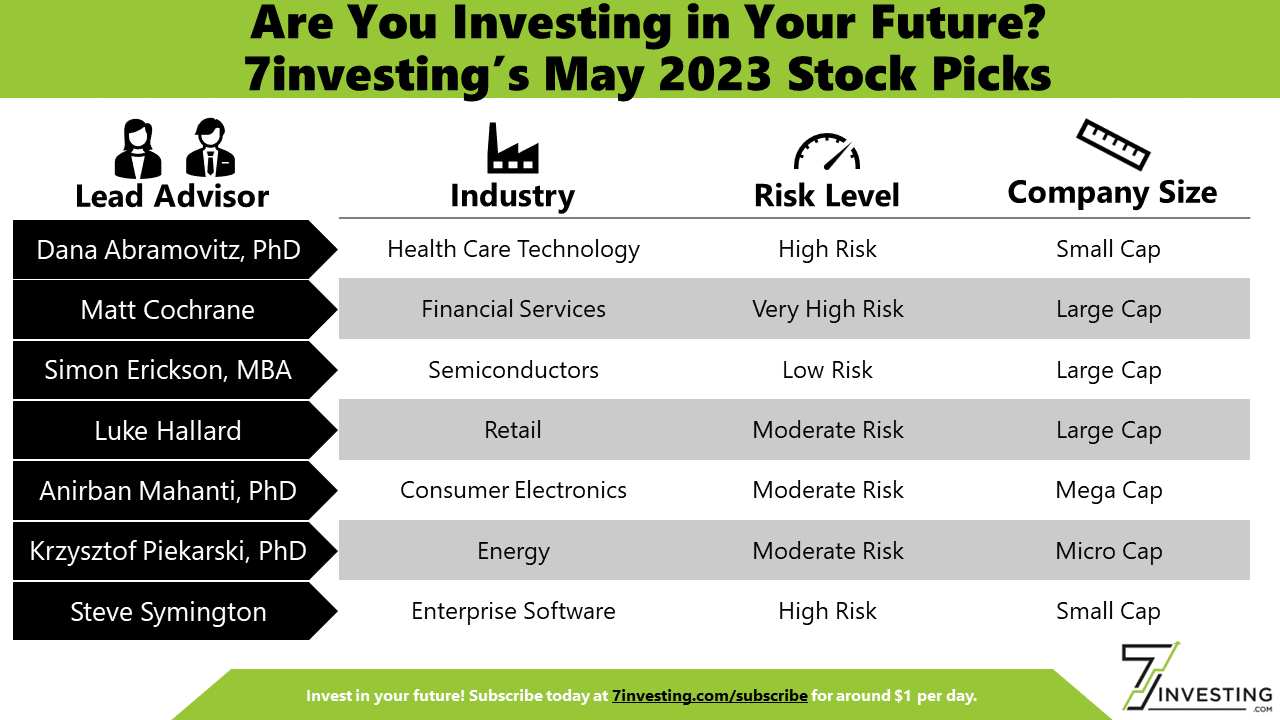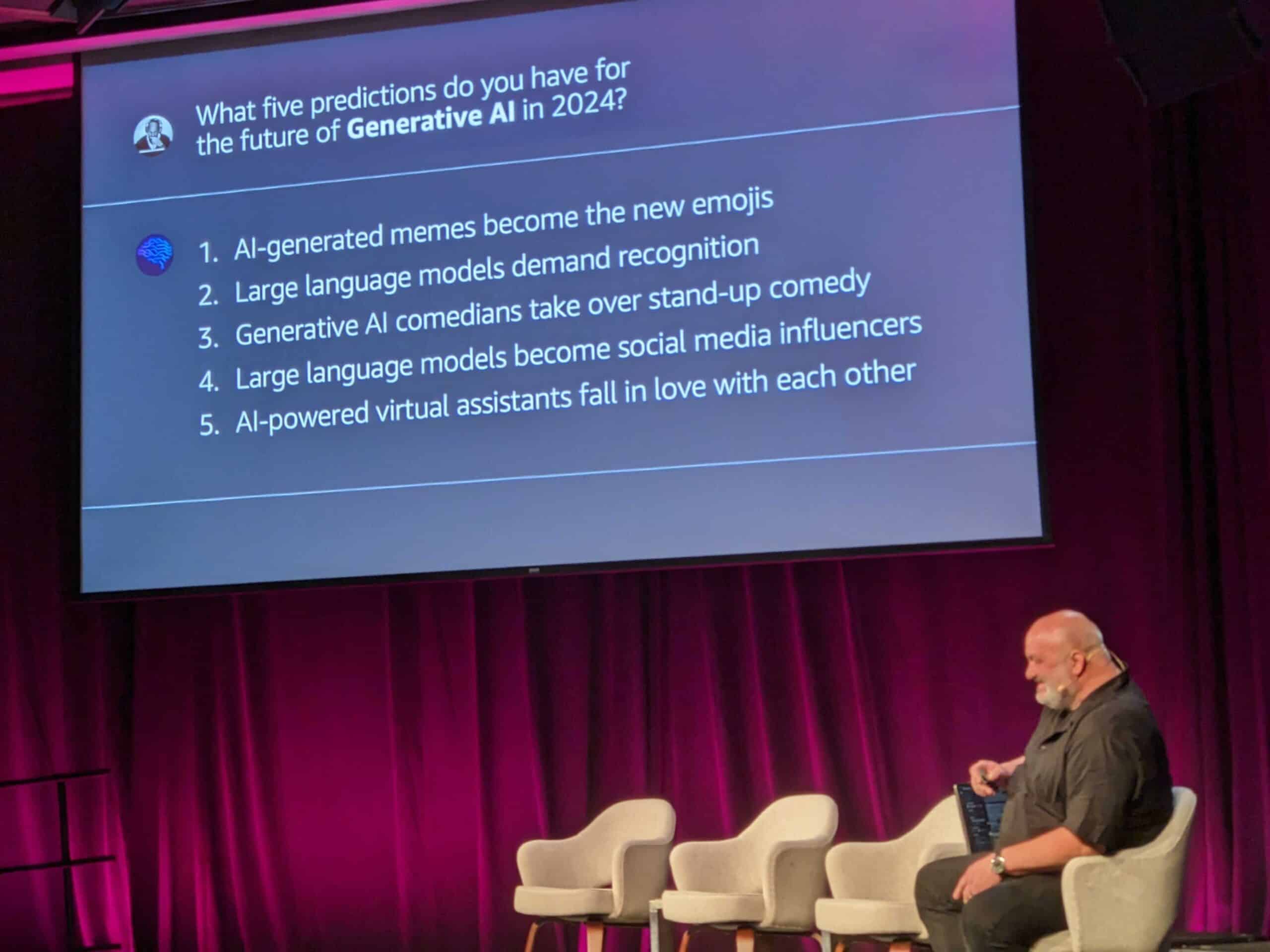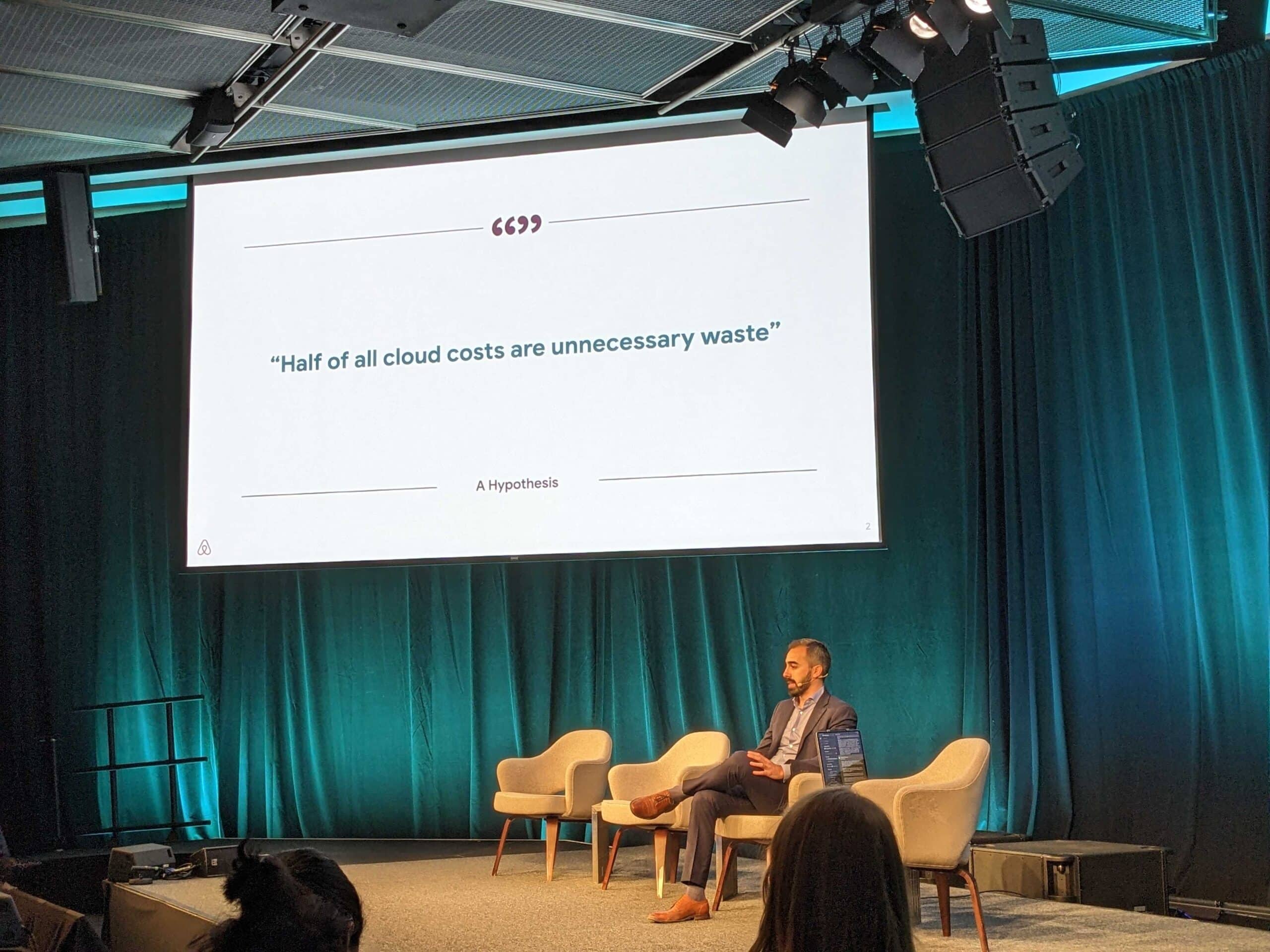7investing CEO Simon Erickson shares his Top 3 takeaways from the 2023 MIT Future Compute conference.
May 8, 2023
It’s my favorite time of year again, when the world’s most innovative companies descend up the Massachusetts Institute of Technology to showcase their latest-and-greatest technologies in its annual Future Compute conference.
Chief Technology Officers and thought leaders collectively digest all of the information that is shared by progressive entrepreneurs and panelists, and then an intellectually-stimulating Q&A session involves well-thought-out questions on how these technologies will impact their own businesses, industries, and strategic plans. If you’ve never attended before, I would highly recommend the experience.
Attending Future Compute is kind of like drinking from the fire hose. The world’s pace of innovation is incredibly fast and it’s getting faster…and even more so in the tech industry! AI development is happening at breakneck speed, while new technologies like quantum computing are waiting in the wings.
To help organize my thoughts and attempt to make sense of the fire hose, I always put together my three key takeaways at the conference’s conclusion. I last attended in 2021, and wanted to first share a brief refresher of my key takeaways from that event.
Here were my must-know investing insights from 2021, as well as how they’ve turned out in the two years since then.
1) Artificial intelligence is getting demanding.
GPUs were a great fit for the first wave of AI, though chipmakers like NVIDIA (Nasdaq: NVDA) and AMD (Nasdaq: AMD) are now in a land-grab for IP & customer relationships. The ultimate winners will have a buffet of options, to meet customers on their own terms.
This has absolutely been the case. AMD’s acquisition of Xilinx, and NVIDIA’s attempted acquisition of ARM has shown the importance of having a well-rounded IP buffet to suit a variety of customer applications. We’re also seeing custom silicon being designed by the hyperscalers. Amazon (Nasdaq: AMZN), Facebook (Nasdaq: META) , and Google (Nasdaq: GOOGL) already have their own custom chips, and Microsoft (Nasdaq: MSFT) just announced their own this past month.
2) There’s a growing debate on how to build the future of the internet.
Cloud service providers like Amazon Web Services and Microsoft are looking to leverage their capital-intensive infrastructure by locking in long-term customer relationships. However, others are looking to break from the traditional software stack by building decentralized applications using blockchains.
Blockchains and decentralization projects have taken a bit of a breather recently, perhaps due to a “crypto winter” spurred by falling crypto prices and increasing government regulations. Yet this could also just be the crypto market taking time for true innovations to gain adoption. The recent macroeconomic issues and the Fed aggressively raising interest rates are rekindling fires of the need for crypto in the financial markets.
3) Quantum computing is coming sooner than you think.
Companies are claiming quantum advantage, while quantum computers are already commercially available to solve the business world’s most demanding problems. There’s an quantum ecosystem coming together. China is noticeably going at it alone.
However, this hasn’t quite happened. Quantum remains a “five years away” research project that could still take a decade or more before it gains commercial adoption. There are still too many approaches to quantum and no agreed-upon standards.
While the commercial potential for quantum is vast, it’s hard to find investment opportunities in publicly-traded companies that aren’t still speculative at best. It’s still the Wild West out there. We have a long way to go.

Without further ado, here are my three updated takeaways from this year’s Future Compute conference:
Everyone is hung up on the fact that GPT “just makes stuff up” and speaks matter-of-factly with 100% confidence in whatever it says.
That is certainly true today. To demonstrate, just ask it what you personally were doing back in 2003 (or anything else it wouldn’t know the answer to).
Yet this is also just a function of the inputs it is pulling from. The first iterations of GPT were in understanding languages; what is a verb, how do words interact with one another in a sentence, etc. The second evolution was in using embedded factors to clear up several points of confusion. For example, a “table” is more likely referring to the physical desk object when used in a sentence with school children, while it’s more likely a database when used in descriptions of spreadsheets.
But there’s yet another iteration that is badly required, to train it for company-specific purposes. Companies know their businesses and their customers and their industry; and their algorithms will be necessary to connect the dots between billions of parameters to improve the accuracy of responses.

It wasn’t more than a few years ago that “digital transformation” became a tech buzzword. Companies were excited about moving data and workloads to the cloud, and providers like AWS and Azure were seeing 30%+ growth rates and 30%+ operating margins.
We’re now in a bit of a hangover that’s following the party. Cloud spend is very inefficient, with organizations realizing they’ve overspending on computing and storage and should really be sizing their infrastructure more fit-for-purpose.
Airbnb is a perfect use case, saving $60 million in cloud computing costs just by creating dashboards to monitor efficiency. We’ll soon be seeing a lot more of that. Observability platforms like Datadog (Nasdaq: DDOG) and IT operations like ServiceNow (NYSE: NOW) will continue to be the eyes of the cloud. But automations will be built on top of those platforms, to minimize the overload of human activities that are currently taking place.
If data is indeed the new oil, the cloud’s refineries need a few control systems to keep it flowing efficiently. In the middle of a recession and with tech companies downsizing, profits and efficiencies really matter.

Taiwan Semiconductor (NYSE: TSM) was founded in 1987. In nearly four decades since then, its relentless focus on R&D and capital investment has vaulted Taiwan into the center of the chipmaking world. Today, TSMC fabricates half of the world’s total semiconductor chips — with the majority coming from its mega-foundries on the Southeast Asian island.
While TSMC will still remain relevant, all signs points to an increasing importance on the security domestic supply. A generally uneasiness about China’s ambitions to reunify Taiwan is leading the construction of new fabs to be in Germany, Japan, and the US — rather than in Taiwan. Government-funded programs like America’s $50 billion CHIPS Act are aimed at developing innovative new process technologies, which would will reduce the cost of manufacturing and encourage technology companies to design their own custom silicon. Even though Intel’s (Nasdaq: INTC) business is currently struggling, it’s long-term wooing of America’s tech companies gives it intrigue as a long-term investment opportunity.

It’s an exciting time to be a alive and there is plenty of innovation on the horizon. I look forward to seeing what the future brings for investors.

Already a 7investing member? Log in here.